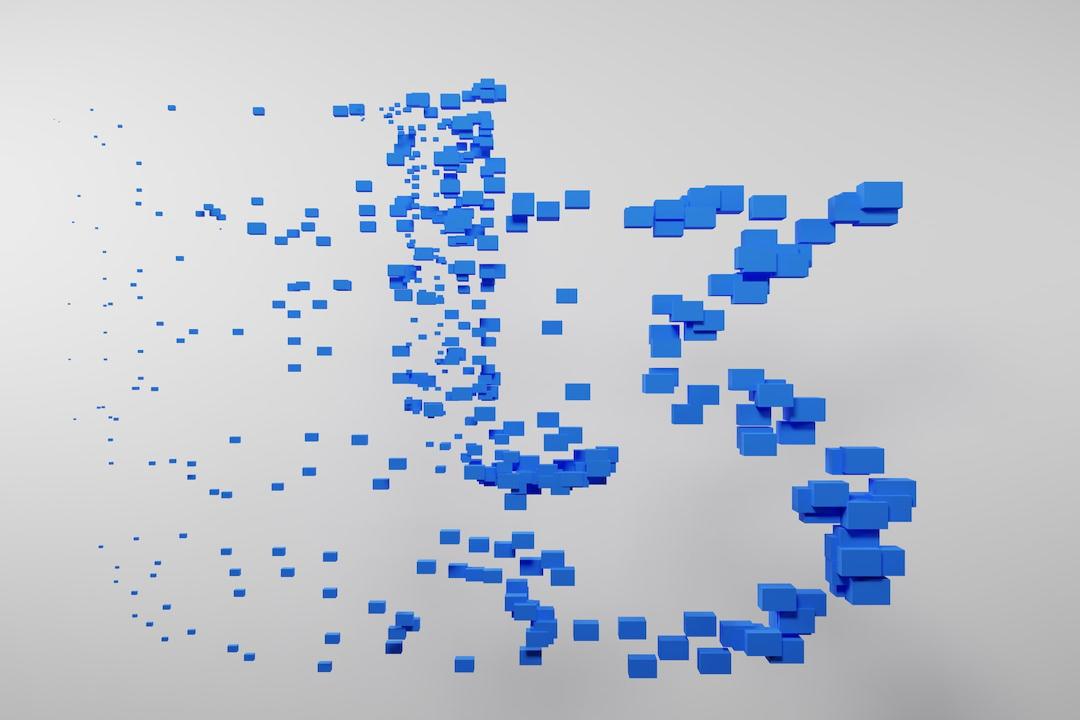Author: ChainFeeds Founder, Pan Zhi Xiong
After days of anticipation, the Arweave team finally announced the launch of AO, a parallel computing solution, during their press conference. The development of AO has taken them a year, but its origins can be traced back to Arweave’s SmartWeave proposal for permanent storage-based smart contracts four years ago. The choice of these technological solutions is vastly different from Ethereum or other Ethereum-like networks. While Ethereum started with a Turing-complete virtual machine and gradually expanded its territory, Arweave began with a network focused on permanent storage and gradually added computational capabilities.
There are many technical topics worth comparing and delving into, and it is unlikely that the Arweave team can explain all the technical highlights and ideas in just one hour. After watching the press conference, I compiled these noteworthy questions and topics.
Table of Contents
Toggle
What is AO?
Why is it named AO?
What are the components of AO?
What is the relationship between AO and Arweave?
What is the relationship between AOS and AO? What kind of programming language is Lua?
What are the applications of AO?
Will AO be iterated and updated quickly?
Does AO have its own token?
AO is a type of hyper-parallel computer. It is a decentralized computing environment that allows for the simultaneous execution of any number of processes. Compared to previous decentralized computing systems, AO not only increases the number of verifiable computations but also achieves verifiability at any scale. By building three different subnetworks and using Arweave as the underlying layer, AO achieves high parallel processing capabilities and scalability.
Derived from the concept of “Actor Oriented,” AO is abbreviated as AO.
The Actor Model is a concurrency model in computer science used to design and implement distributed systems, where the basic unit is an “Actor.” Actor Oriented design or programming refers to the design or programming approach based on the Actor model. This approach is suitable for constructing highly concurrent, distributed, fault-tolerant systems.
Arweave founder Sam Williams believes that AO is a programming paradigm completely different from smart contract systems and is essentially the best solution for all distributed systems and the Web2 era.
Fun fact: The 1973 paper that introduced the Actor Model was titled “A Universal Modular Actor Formalism for Artificial Intelligence” and was originally intended for AI research.
AO consists of three subnetworks: the Messenger Unit (MU), the Scheduler Unit (SU), and the Compute Unit (CU). MU is responsible for receiving and processing information, SU is used for scheduling and sorting information, and CU is used for computation.


As a decentralized computing environment, AO utilizes Arweave’s scalable chain storage as its permanent host for storing data during runtime. AO allows for the simultaneous execution of any number of parallel processes and coordinates them through message passing, similar to how computing is done in data centers and on the internet through sending data packets.
In short, AO is built on top of Arweave’s foundational layer and utilizes Arweave’s on-chain storage functionality to fulfill its decentralized computing environment’s persistent storage requirements.
AO is an architecture for parallel computing, while AOS is a specific operating system based on this parallel computing solution. Developers can use the Lua language to develop applications (write smart contracts) in AOS.
Lua is a beginner-friendly high-level language that is very concise and easy to use. Interestingly, I wrote some scripts in Lua about four years ago, even though I had zero knowledge of Lua at the time. I needed to use the automation tool HammerSpoon to implement some functions for retrieving prices and information, and I was able to accomplish it in just a few days. With the help of GPT, it would be even easier.
Currently, two applications have been developed by the community, namely the decentralized exchange Bark and the decentralized stablecoin protocol Astro, which can be compared to Uniswap and MakerDAO. Bark has already been deployed on the testnet, while Astro will be made public later.
Outprog, the founder of EverVision, also made an appearance during the press conference and was frequently mentioned by Sam. Their decentralized exchange platform, Permaswap, was developed much earlier than the AO project, and there may be opportunities for further development and expansion within the AO architecture.
Sam stated that future updates will only require low-frequency updates similar to Bitcoin’s style. Over time, the core functionality and rights of users will remain unchanged with minor upgrades. There is no “trust me, bro” roadmap here. Only a complete and transparent protocol that you can audit and decide whether to use it yourself.
Information regarding this part has not been made public.
This article is authorized to be reproduced from ChainFeeds.

